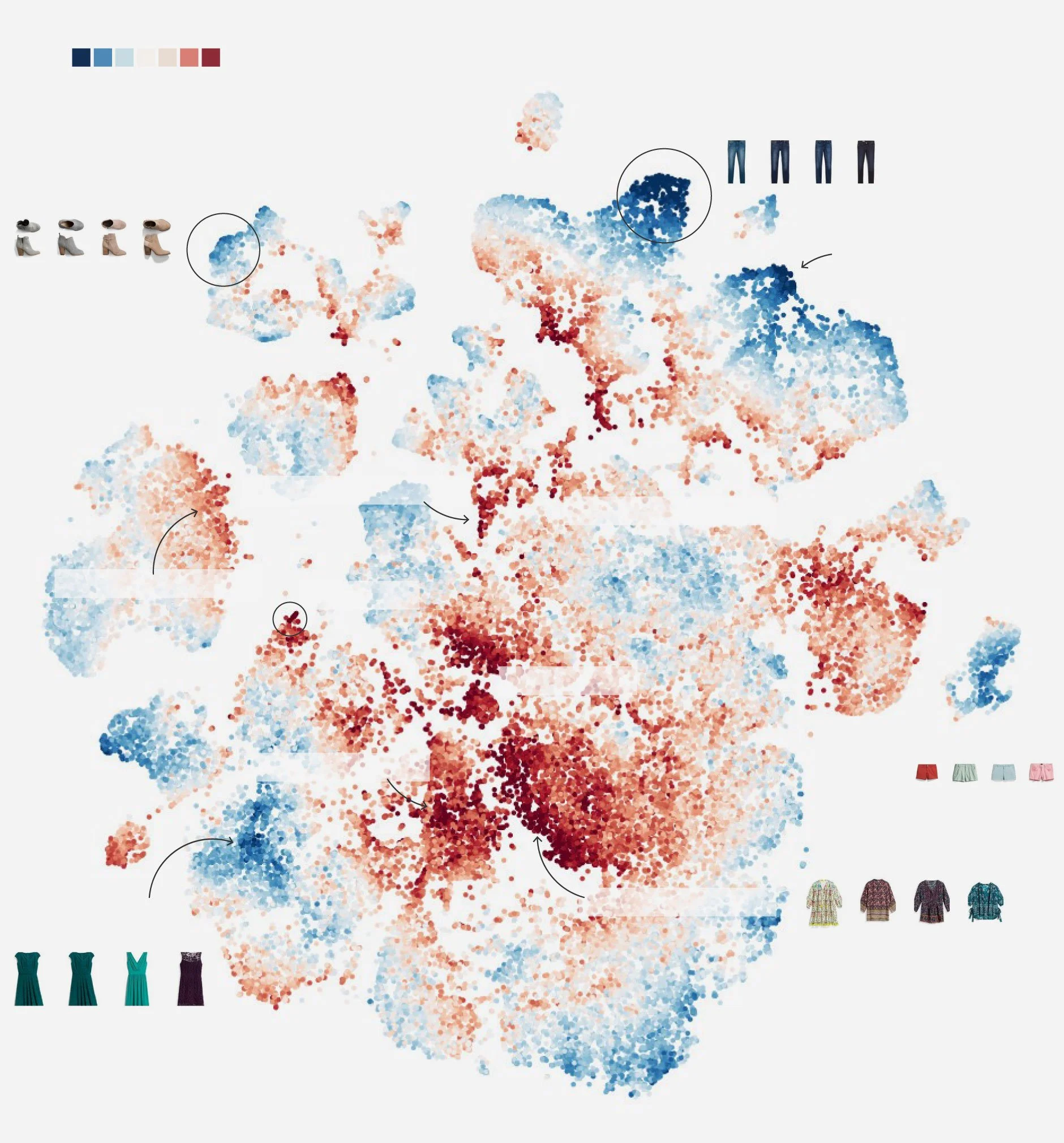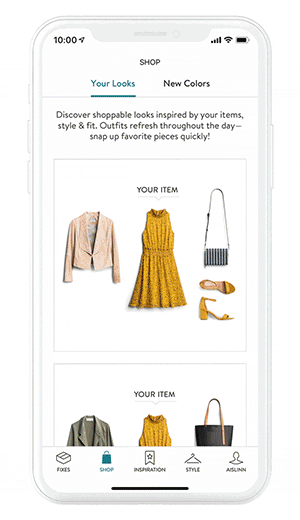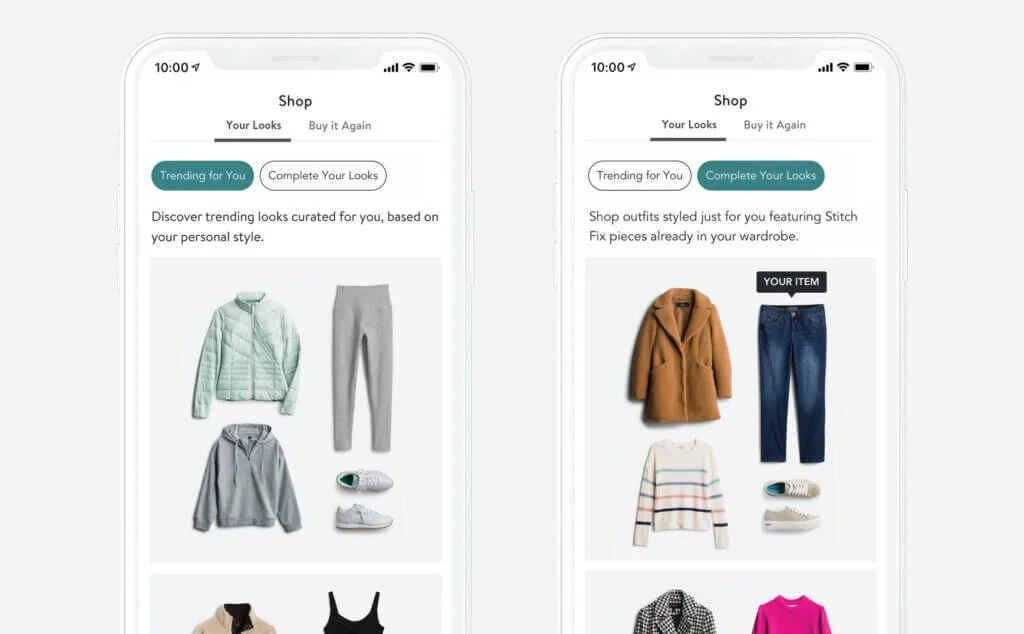Service Design + Data Science
When I started working at Stitch Fix in December 2017, the company had just gone public. I inherited a team of two product designers. In two years, I scaled the product design team, introduced the organization to human-centered design processes, and directed new features that improved the experience for our clients while expanding our business offering.
Role: Sr. Design Manager
Stitch Fix
Unique attributes of
Stitch Fix service
No physical stores
Avoid fixed labor and real estate costs.
Buy shallow instead of deep
Instead of buying deep into a skew, Stitch Fix buys shallow, sends items to customers, and collects data before making large inventory investments.
Bespoke tools
Stylists, buyers, and the warehouse all used custom tools to style and fulfill a fix.
Warehouse
Warehouses have a unique design that has been optimized to fulfill five-item fixes.
Algorithm
Predictive — allows Stitch Fix to deliver a highly personalized experience.
Data science was the magic that enabled the Stitch Fix experience. It’s what made it possible for stylists, and anyone working at the organization to select five items that had a 80% - 90% probability of matching their style preferences. The more data we could collect from a member on their style preferences, the better chance we had at selecting items they would love.
Designing for “Better Data” Moments
A key project I lead while at Stitch Fix was finding moments in the customer journey where we could engage users with our service and offer lightweight opportunities for them to tell us more about their style preferences. We began by conducting research with members, creating personas, and mapping out customer journeys with all the “peaks” and the “pits.”
Better Data Opportunities
Fill the “waiting for a fix” lull with Better Data moments
Give clients fun, lightweight opportunities to provide more information about their style preferences during the current “pit” of their journey.
Bring more transparency to the process
Give customers insight into phases of the Fix process. Highlight milestones and deadlines so they understand when they can provide additional info to their Stylist.
Make the Style Profile a destination
Make the style profile a place users want to return to and engage with. Show how it grows over time. Help customers understand themselves and their style by making the language of style and fashion approachable and attainable.
How might we “fill the lull” clients experience while they are waiting for their fix to arrive?
Style Shuffle
The team conducted a five-day sprint, modeled after the Google Ventures sprint methodology. It was during that sprint that the concept of the Style Shuffle was born. It was a fun, lightweight interaction that clients found fun, and gave us a ton of data to improve the level of personalization we could deliver.
Shop the Look
The concept of “Shop the Look” was born out of a key and common piece of member feedback. Every “Fix” (box of five items) included a style card to give members an idea of how they could style an item in the fix to create an outfit. Members loved the style cards so much that they wanted to purchase items depicted in the cards.
The challenge was that all Stitch Fix operations were tailored and optimized to deliver five items in a box. Unlocking the capability for members to select items a la carte was a significant service design challenge - but one that ultimately unlocked an entirely new revenue stream for the business.

















